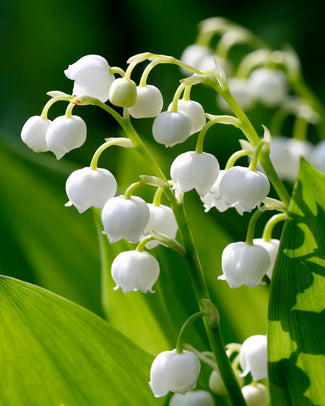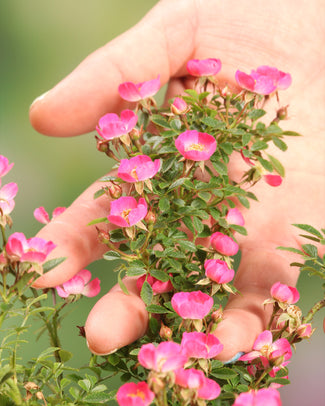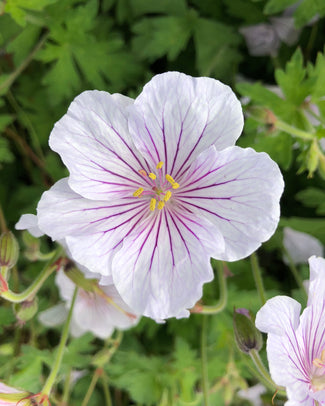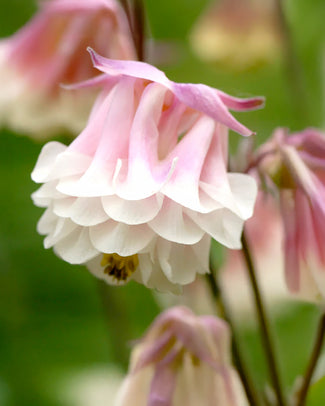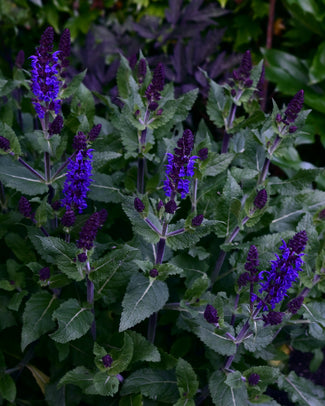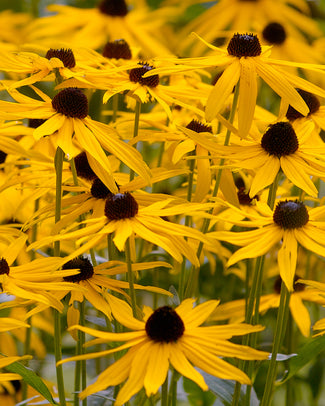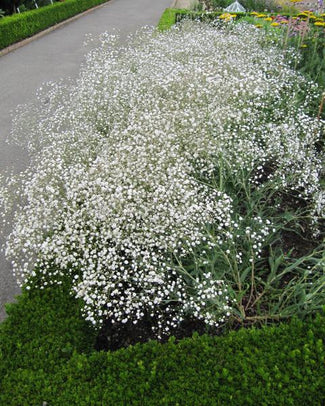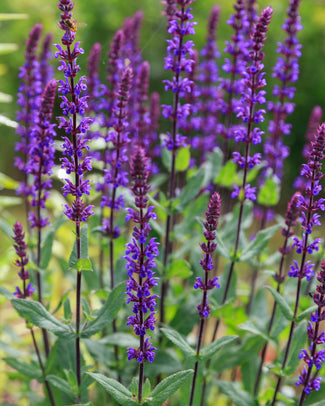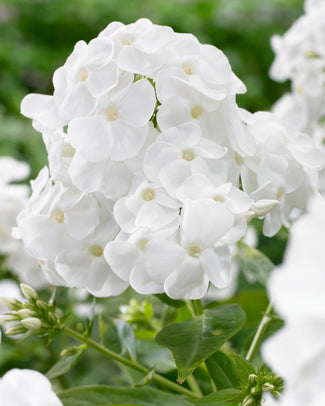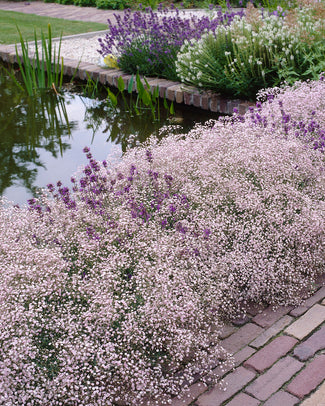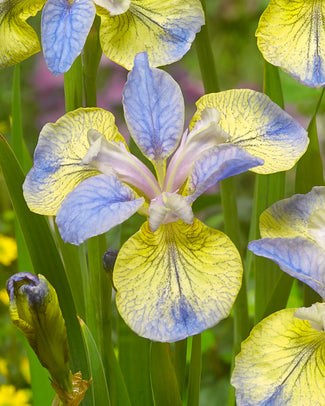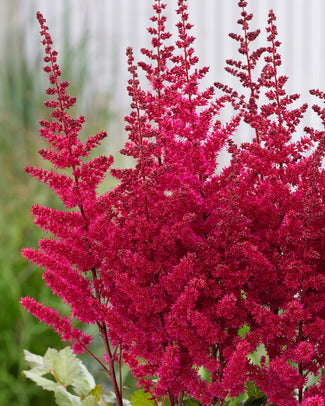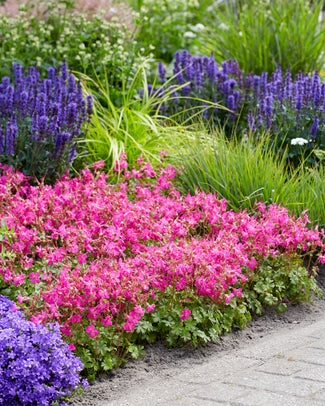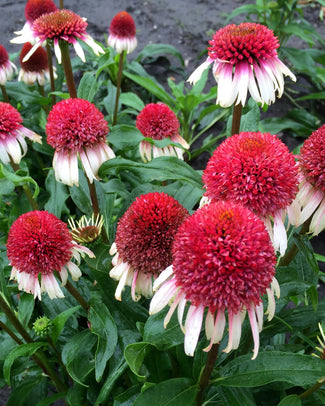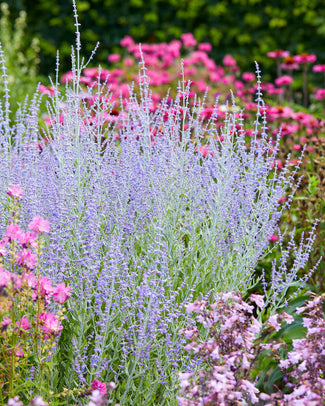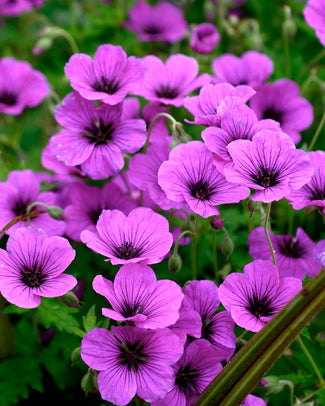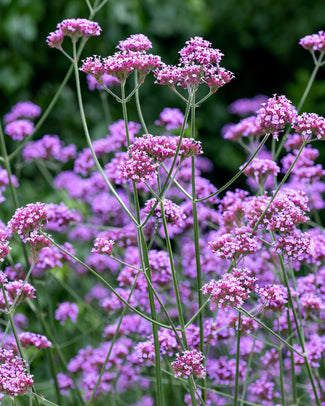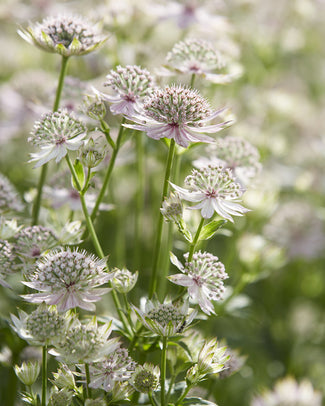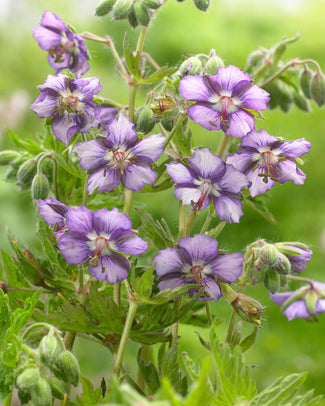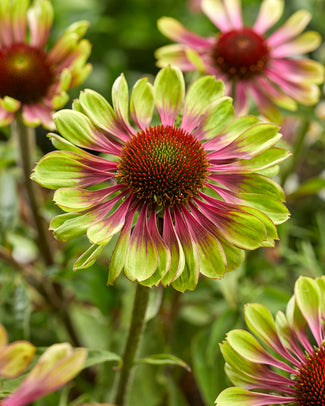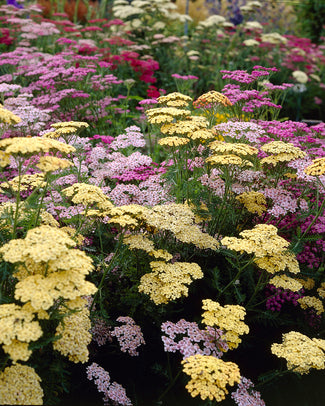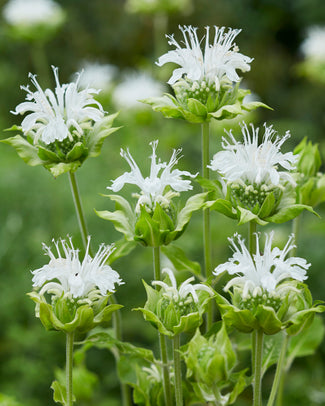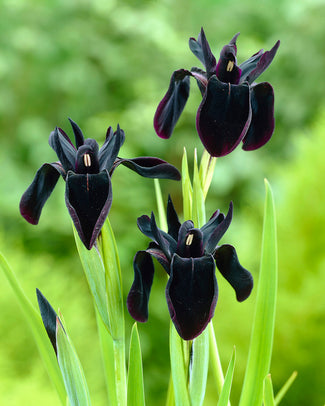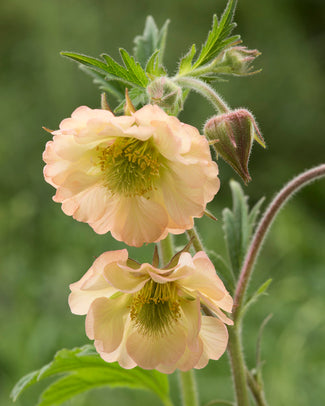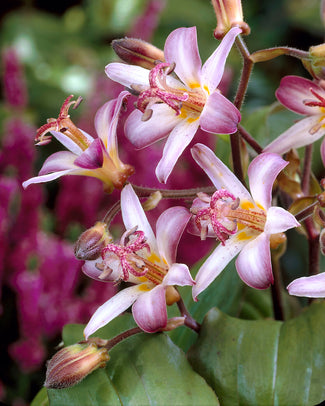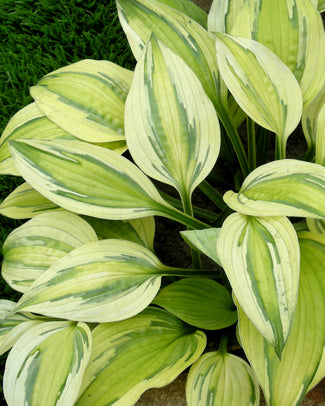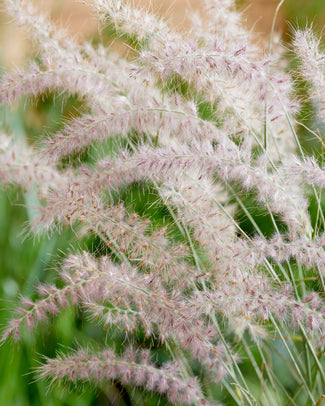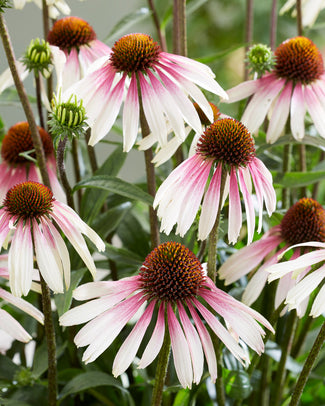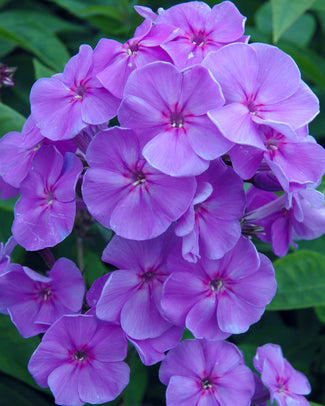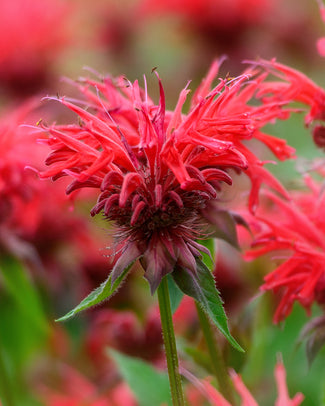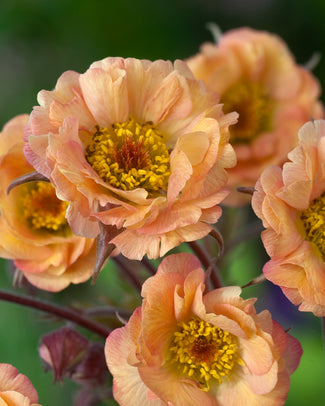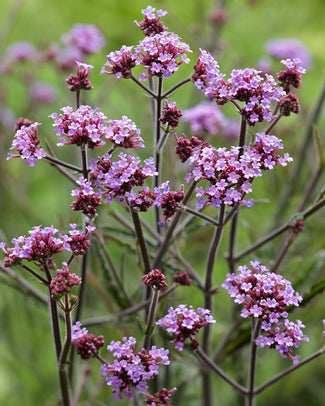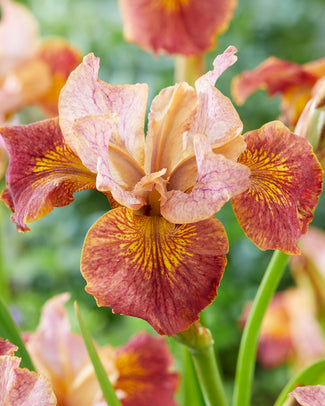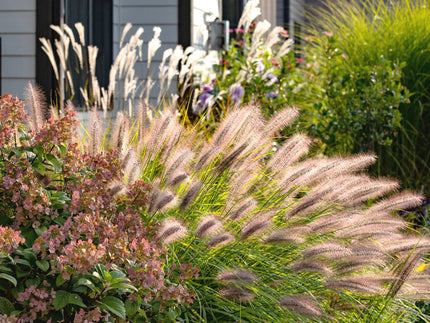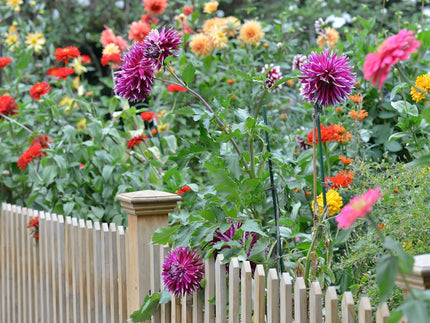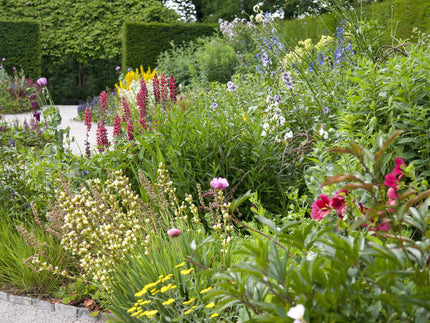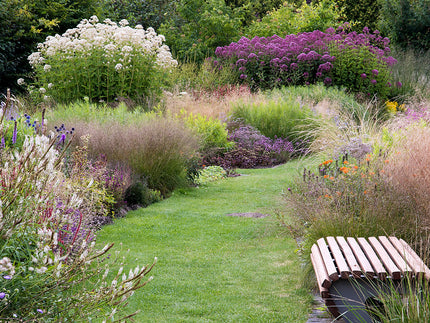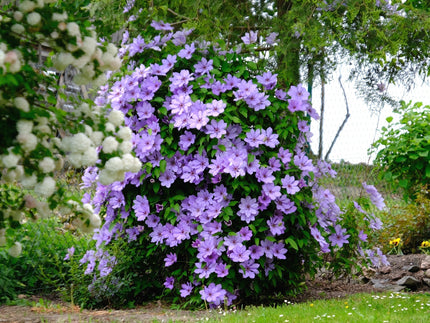How to plant Lupins
The lupins in our range are cultivated and bred for garden use, which means that they form neat clumps and don’ start to take over like wild lupins can. Lupins do best in a sunny border, but can also tolerate partial or light dappled shade. They require a rich, moist soil, and will need watering well in dry spells. They will tolerate most soil types, as long as moisture is maintained and drainage is good. Once planted they need very little maintenance, and gradually form clumps which produce more beautiful flower stems each year.
How to plant
- Plant Lupin bare roots in spring between February and May, ideally within a week of delivery.
- Soak the roots in water for 3-6 hours prior to planting. It is recommended that lupins are started in temporary pots, however sometimes the roots are too large for this. In cases where the roots will not fit into a 20cm diameter pot, you can plat the root directly into a border which has good, free-draining and weed-free soil. If potting first to grow on, pot into temporary 20cm diameter pots, using a good quality multi-purpose compost.
- The roots may be at a right angle to the growing tips. Plant with the roots submerged either horizontally or diagonally. The top of the root system with buds should be just level with the soil surface. Any shoots or leaves which have emerged already should be left exposed above the soil surface.
- Grow potted lupins on in a sheltered area outside. They can be transplanted into suitable growing positions after 2-4 months or once growth is established and the plants easily come out of the temporary pots with the soil held together by the roots.
- When planting into the garden, choose a sunny position with moist but free-draining soil. Ensure the area is dug over and cleared of weeds first.
- Keep space clear around the young plant and ensure neighbouring plants or weeds are not overcrowding it.
- Lupins are hardy to around -20C and do not require winter protection in most areas.
- Water-in after planting and keep hydrated when in growth, particularly during the first year.
Aftercare
- New growth emerges within around a month of planting. New leaves appear every spring, followed by flowers in summer. They may not flower in the first year.
- Lupins fully die back in autumn, at which point you can cut all leaves and stems back to around 3cm above soil level. You can remove the flower stem in summer after flowering, or wait until the seed pods have ripened.
- Lupins are clump-forming perennials. Over time the root system will grow and form a large, bushy plant.
- Lupins can be divided in autumn if the clump grows very large or looks congested.
- Lupin should be planted at a spacing of at least 30cm between plants if planting in groups and typically take 1-2 years to establish.
































































































































































































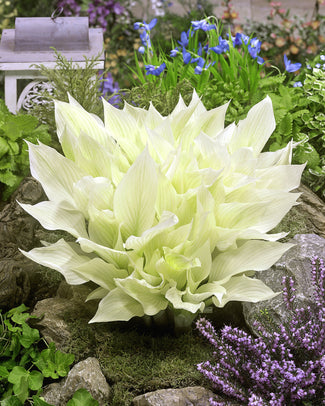
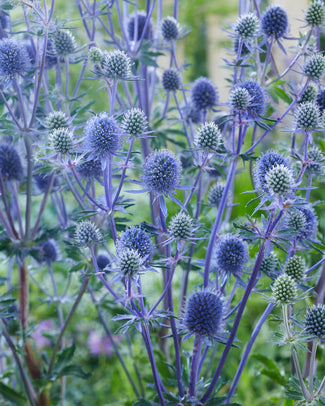
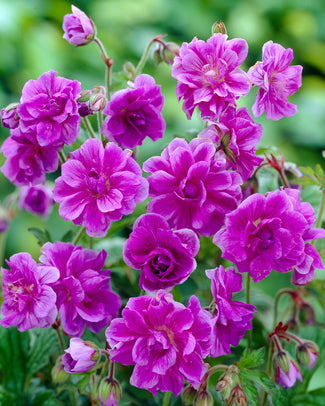
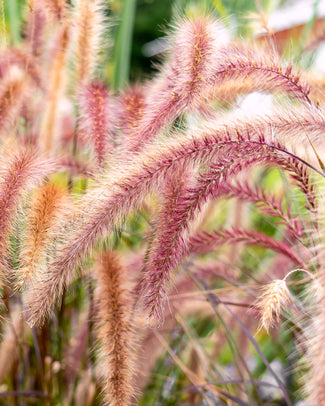
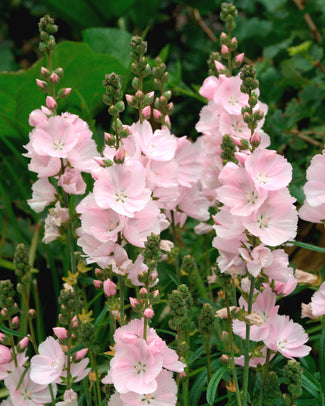
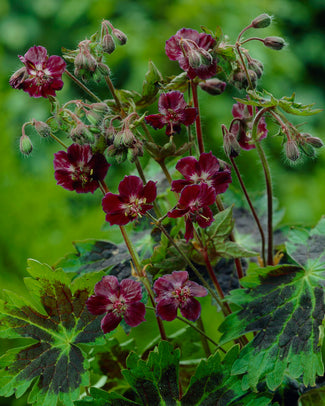
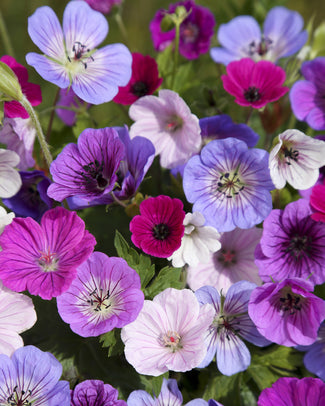
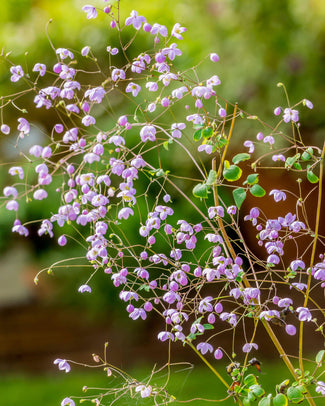
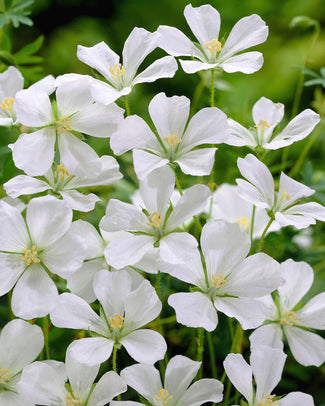
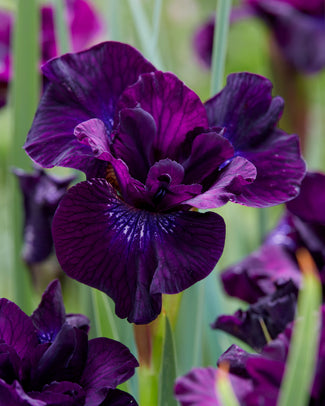
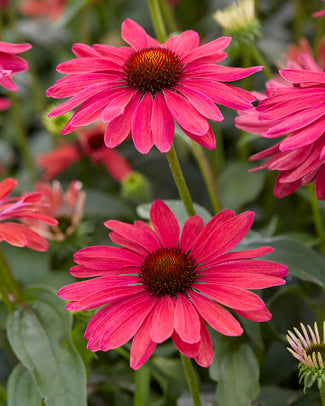
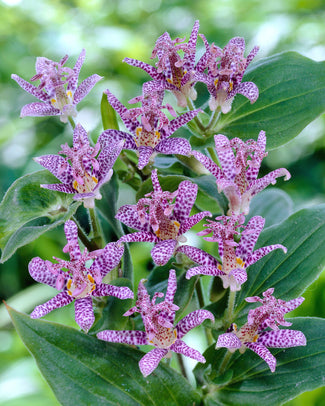
![Agapanthus 'Black Buddhist' []](http://www.farmergracy.co.uk/cdn/shop/products/agapanthus-black-buddhist-1_325x.jpg?v=1575625838)
